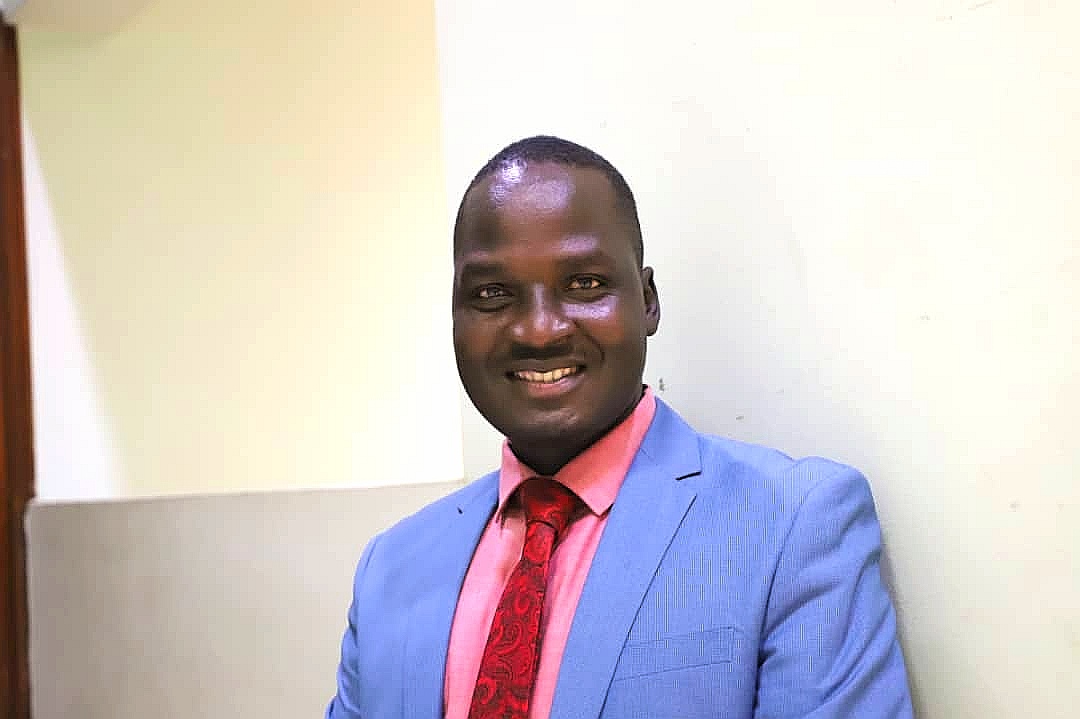By Walter Akena
The West Nile Region of Uganda is a treasure trove of agricultural potential, boasting an array of products including coffee, cocoa, tobacco, sim-sim, cassava, beans, sweet potatoes, avocado, and Matooke. With abundant water resources and the recent inclusion in the national electricity grid, the region is ripe for industrialization and economic transformation. Yet, it faces a significant hurdle: its connectivity with the rest of the country is limited, largely due to the inefficiencies of ferry transport.
Pakwach is the main gateway to the region. Other access points include Wanseko-Panyimur, connecting the region to Western Uganda, and Adjumani-Laropi and Obongi-Sinyanya, which link it to Northern and Eastern Uganda. However, except for Pakwach, all other access points depend on ferries that frequently experience breakdowns, thereby complicating access to the region. A recent journey we took on 23rd October, aboard the MV Obongi Ferry, from Obongi to Adjumani, highlighted the dire need for more reliable infrastructure. Our crossing was delayed by a floating vegetation of overgrown papyrus, which ensnared the ferry’s propeller. After a torturous struggle, the ferry finally resumed its course, only to be halted again by similar obstacles upon nearing Adjumani.
This experience was frustrating but not surprising. Obongi Ferry, like others in the region, frequently suffers breakdowns, rendering it a less-than-reliable mode of transport. On that day, we were the last passengers before it ultimately broke down, forcing would-be travelers to seek alternatives through the already congested Laropi-Moyo route. The recurring disruptions raise a crucial question: why rely on ferries when bridges could provide a permanent solution?
Our neighbor Tanzania recently launched the Magufuli Bridge, an impressive structure spanning 3.2 kilometers at $300 million. In comparison, the distance between Obongi and Sinyanya is less than 1.5 kilometers, making the construction of a bridge not only feasible and practical but also more cost-effective than Tanzania’s project. This one-time investment in bridges is more sustainable than the recurrent maintenance costs associated with ferries, which frequently experience breakdowns. Additionally, bridges will significantly enhance both passenger and cargo traffic flow into the West Nile Region, exceeding the current capacities of the ferries.
Bridges could effectively link the West Nile to vital markets in Gulu, Lira, Kitgum, Mbarara, Hoima, Fort Portal, Kabale, Mbale, Tororo, Kisoro, Kenya, Tanzania, and Rwanda. By providing a stable and efficient transportation route, bridges would reduce travel times and lower business costs, enhancing the region’s economic viability. The current reliance on ferries not only hampers access but also stifles growth opportunities. Bridges would allow local farmers and entrepreneurs to transport their goods more reliably, transforming the West Nile into a vibrant economic hub.
The West Nile Region’s agricultural abundance deserves better than the status quo. With infrastructure improvements, particularly the construction of bridges at key access points like Laropi, Obongi, and Panyimur, the region could finally tap into its full economic potential. It would encourage investment, as businesses would feel more confident in their ability to access markets. Imagine local factories processing coffee and cocoa right where they’re grown, rather than exporting raw products. This kind of transformation could create jobs, bolster local economies, and lift entire communities out of poverty.
While ferries have their place in the transport ecosystem, the challenges they present in West Nile cannot be overlooked. The frequent ferry breakdowns have left the region isolated and largely disconnected from the rest of the country, and unable to exploit potential markets in other regions of the country and beyond.
It is time to move beyond temporary solutions and invest in sustainable infrastructure that will connect communities, boost trade, and foster economic growth. By doing so, we can unlock the vast potential of West Nile and pave the way for a prosperous future. The call for action is urgent. Let’s bridge the gaps in our infrastructure and, in doing so, bridge the gap between potential and reality for the West Nile Region.
The writer is a Research Officer at the Advocates Coalition for Development and Environment (ACODE).
Do you have a story or an opinion to share? Email us on: [email protected] Or join the Daily Express WhatsApp channel for all the latest news and trends or join the Telegram Channel for the latest updates.

